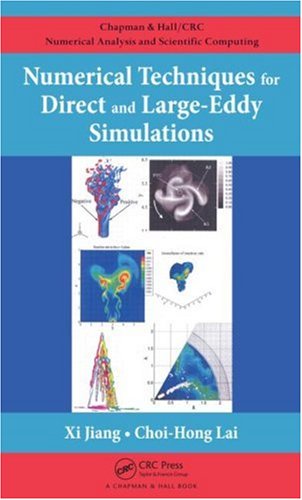

Most ebook files are in PDF format, so you can easily read them using various software such as Foxit Reader or directly on the Google Chrome browser.
Some ebook files are released by publishers in other formats such as .awz, .mobi, .epub, .fb2, etc. You may need to install specific software to read these formats on mobile/PC, such as Calibre.
Please read the tutorial at this link: https://ebookbell.com/faq
We offer FREE conversion to the popular formats you request; however, this may take some time. Therefore, right after payment, please email us, and we will try to provide the service as quickly as possible.
For some exceptional file formats or broken links (if any), please refrain from opening any disputes. Instead, email us first, and we will try to assist within a maximum of 6 hours.
EbookBell Team

0.0
0 reviewsCompared to the traditional modeling of computational fluid dynamics, direct numerical simulation (DNS) and large-eddy simulation (LES) provide a very detailed solution of the flow field by offering enhanced capability in predicting the unsteady features of the flow field. In many cases, DNS can obtain results that are impossible using any other means while LES can be employed as an advanced tool for practical applications. Focusing on the numerical needs arising from the applications of DNS and LES, Numerical Techniques for Direct and Large-Eddy Simulations covers basic techniques for DNS and LES that can be applied to practical problems of flow, turbulence, and combustion.
After introducing Navier–Stokes equations and the methodologies of DNS and LES, the book discusses boundary conditions for DNS and LES, along with time integration methods. It then describes the numerical techniques used in the DNS of incompressible and compressible flows. The book also presents LES techniques for simulating incompressible and compressible flows. The final chapter explores current challenges in DNS and LES.
Helping readers understand the vast amount of literature in the field, this book explains how to apply relevant numerical techniques for practical computational fluid dynamics simulations and implement these methods in fluid dynamics computer programs.